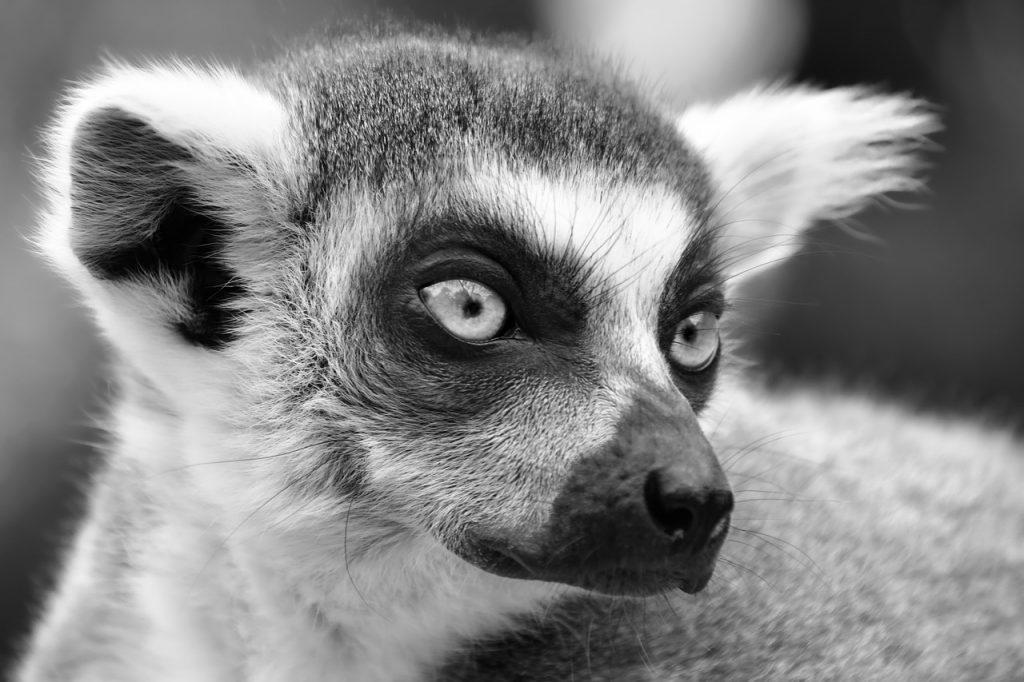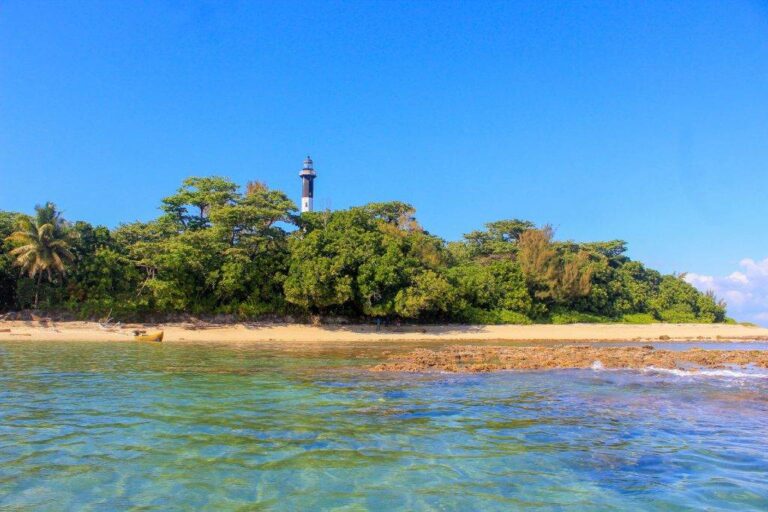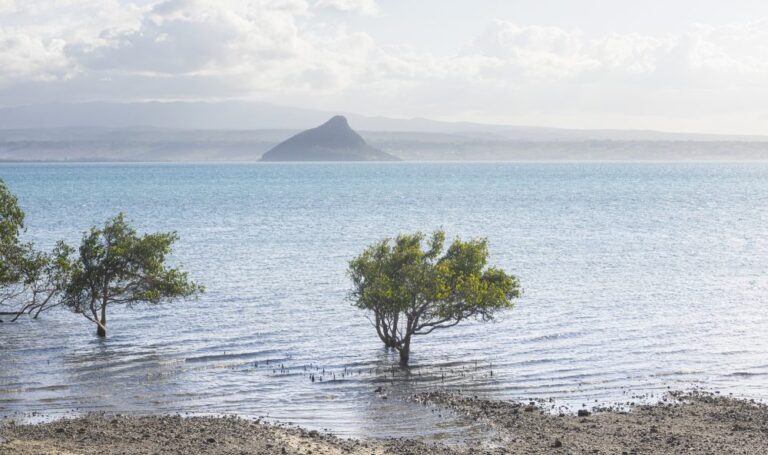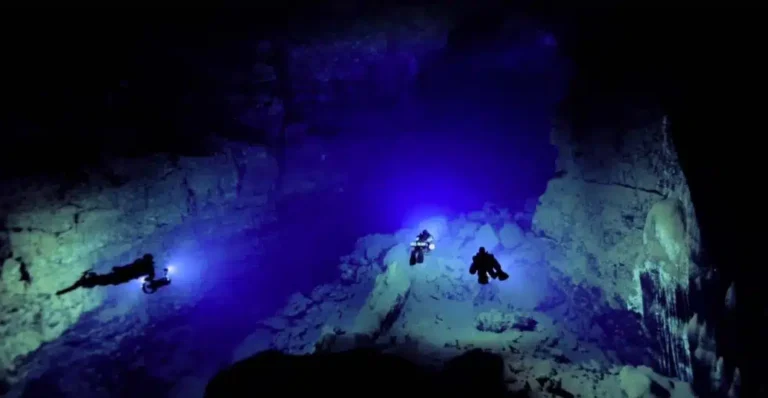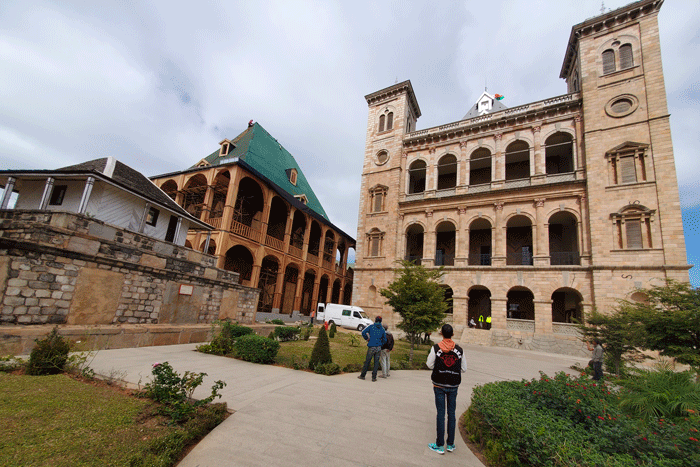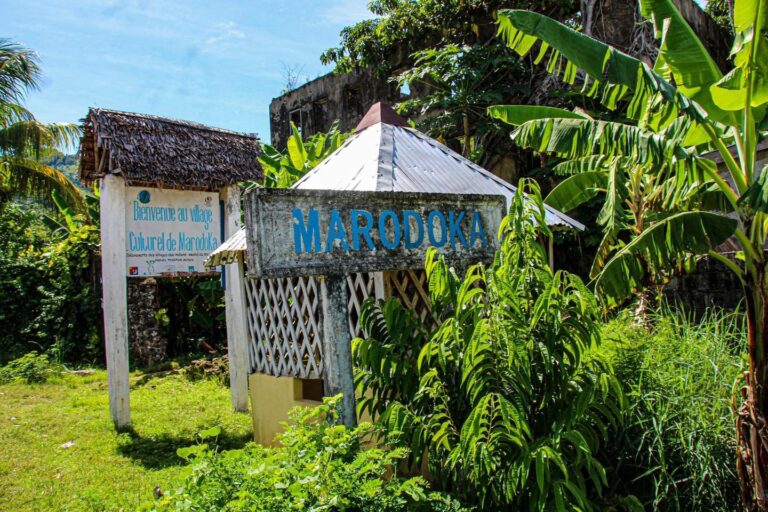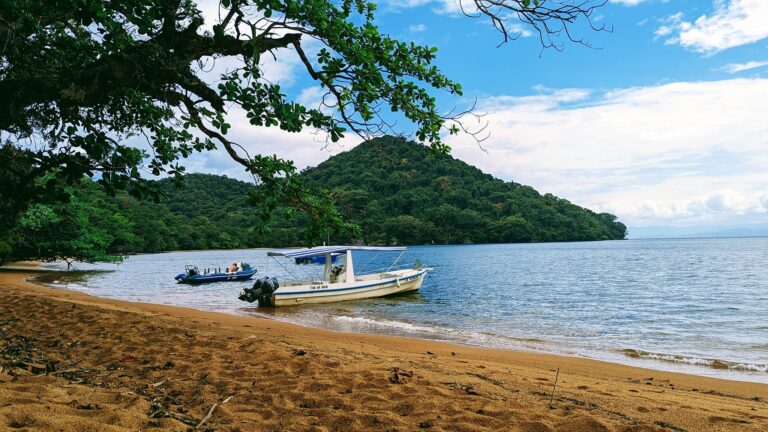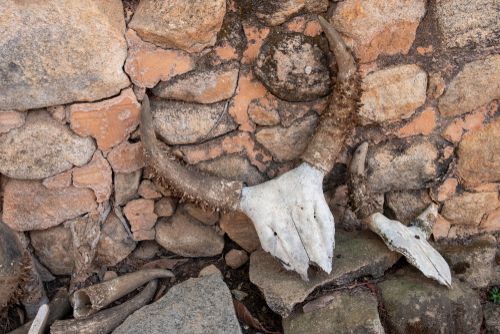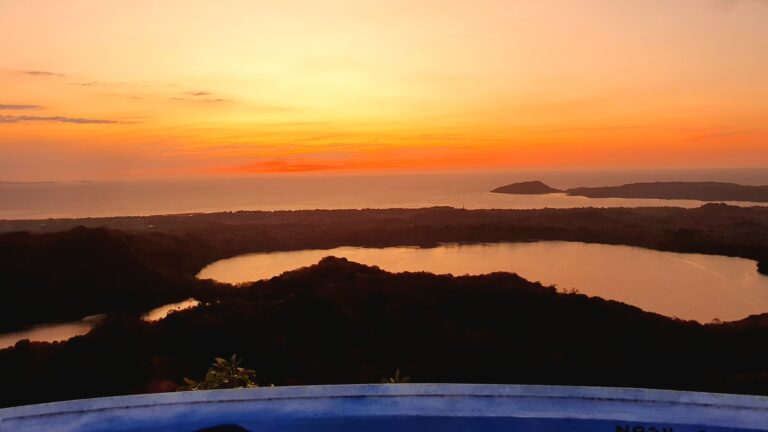
The 12 Sacred Lakes of Mont Passot in Nosy Be
Mont Passot, the highest point on the island of Nosy Be, offers a spectacular panoramic view. This natural viewpoint allows landscape enthusiasts to enjoy an unobstructed view of the Mozambique Channel and, most notably, several of the 12 sacred lakes of this beautiful island.

